Structural Factors in a Loft Conversion
A loft conversion is a dream come true for many home owners, as it not only adds value to your house, but it increases your property space, provides a room with a beautiful view and a natural light source, and of course, saves time and money.
Before you embark on a loft conversion, let’s see what structural factors you should consider for your conversion. You will need to assess your roof structure, height, general space, add joists, and make sure building regulations are met.
As you transit from the current structure to a new structure, the structural integrity and stability must be guaranteed. Therefore, you need to consider some structural factors when planning your conversion. In this article we will point to some of the main structural factors in a loft conversion in detail.
Consider the Roof
There are two main types of roof construction, traditional framed and truss section. Traditional frame type will include rafters, ceiling joists, and supporting timbers which are cut to size and assembled on site. These types are the most suitable for conversions and can be easily and cost-effectively opened by strengthening the rafters and adding supports.
The most modern roofs, the factory-made truss-sections mean that the entire roof can be erected and felted in a day. Thinner trusses usually have no loadbearing structures beneath them. Opening up lofts with this kind of structure will require added structural input, usually steel beams.
To modify any of these roofs, it’s important to seek advice from a structural engineer.
Make Provision for Headroom Clearance
Headroom is the space between the ceiling and floor or between the head and sill of a doorway, allowing the passage of someone standing upright. According to the British Regulations for Building, “a room or space within a building must have sufficient height suitable for the intended function of that room or space”. This means that as you plan loft conversions, provision must be made for enough height. For example, the UK building code stipulates that clearance should be 1.9m at the center of the stair width and 1.8m at the sides.
New Joists
This is another important consideration as the existing ceiling joists may not be able to support the loft conversion floor. Therefore, it’s necessary to provide additional joists. The new and existing joists will run together and span between load-bearing walls. A structural engineer can easily help you with determining the separation distance that’s needed between the joists and provide a recommendation that will be in compliance with the UK building regulations.
The new joists will run alongside the existing joists and span between load-bearing walls. They will normally be raised slightly to prevent them from touching the ceiling plaster below.
Above window and door openings, thicker timbers will be used to bridge the gap, so that pressure is not put on the existing lintel. Rolled Steel Joists (RSJs) may also be needed to distribute the load.
Structural Stability of the Walls
The structural stability of the existing walls must be guaranteed. In light of this, it’s important to consider how the loads will be supported after conversion. For example, the existing wall may be used to support the new floor joists discussed earlier. In this situation, you need to continue the wall through the house to the foundation or provide adequate intermediate support. Also, any beam that supports existing openings must be thoroughly checked to confirm that it still has enough strength to support all new loads resulting from the loft conversion.
Timber and steel beams can both be suitable for conversions as they provide fantastic strength and support, carrying substantial weight with ease. However, steel is the stronger material and is much more durable too, with less to worry about with regards to maintenance as the years go on.
The main weakness of timber is how prone the material is to rot and moisture infiltration. While steel beams can suffer rust damage, beams can be easily painted and primed to protect against it and is inherently free from other forms of damage such as insect infestation – which can plague timber.
The longevity of steel beams can make for a cleaner, less problematic conversion in the future as you’re much less likely to worry about replacing or repairing steel beams years down the line.
Check the Foundation
As you know, every load coming from a building structure will be ultimately transferred to the foundation. What this means is that you must check for the adequacy of the existing foundation. In some cases, the existing foundation will be enough to support the new structure after loft conversion. However, in a situation where the existing foundation can’t support the new structure, you need to increase the strength of the foundation either by underpinning or any other means.
End Note
As discussed, loft conversion requires careful consideration of several structural factors. Therefore, it’s most important to get advice from a structural engineer before you embark on it.

